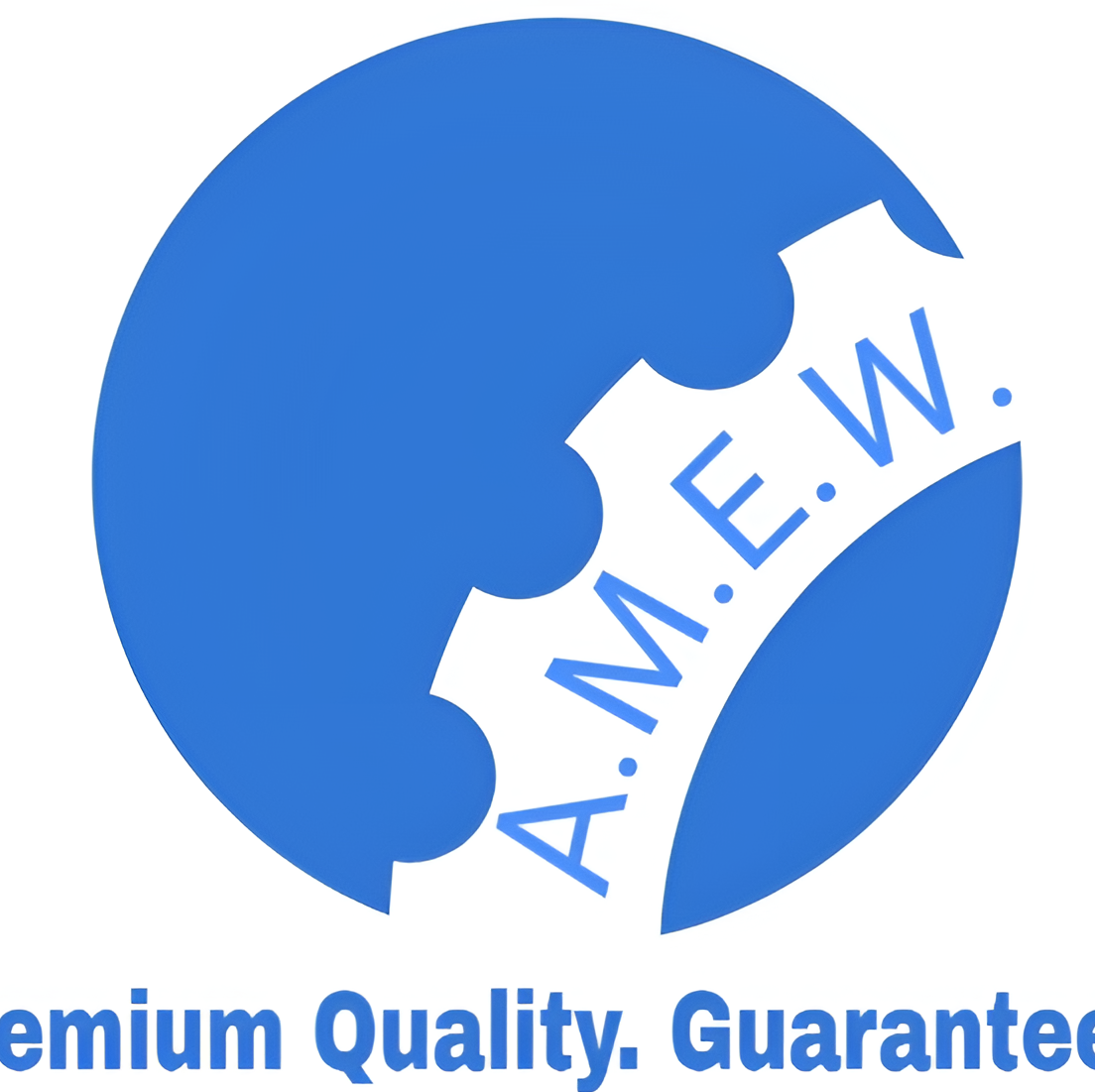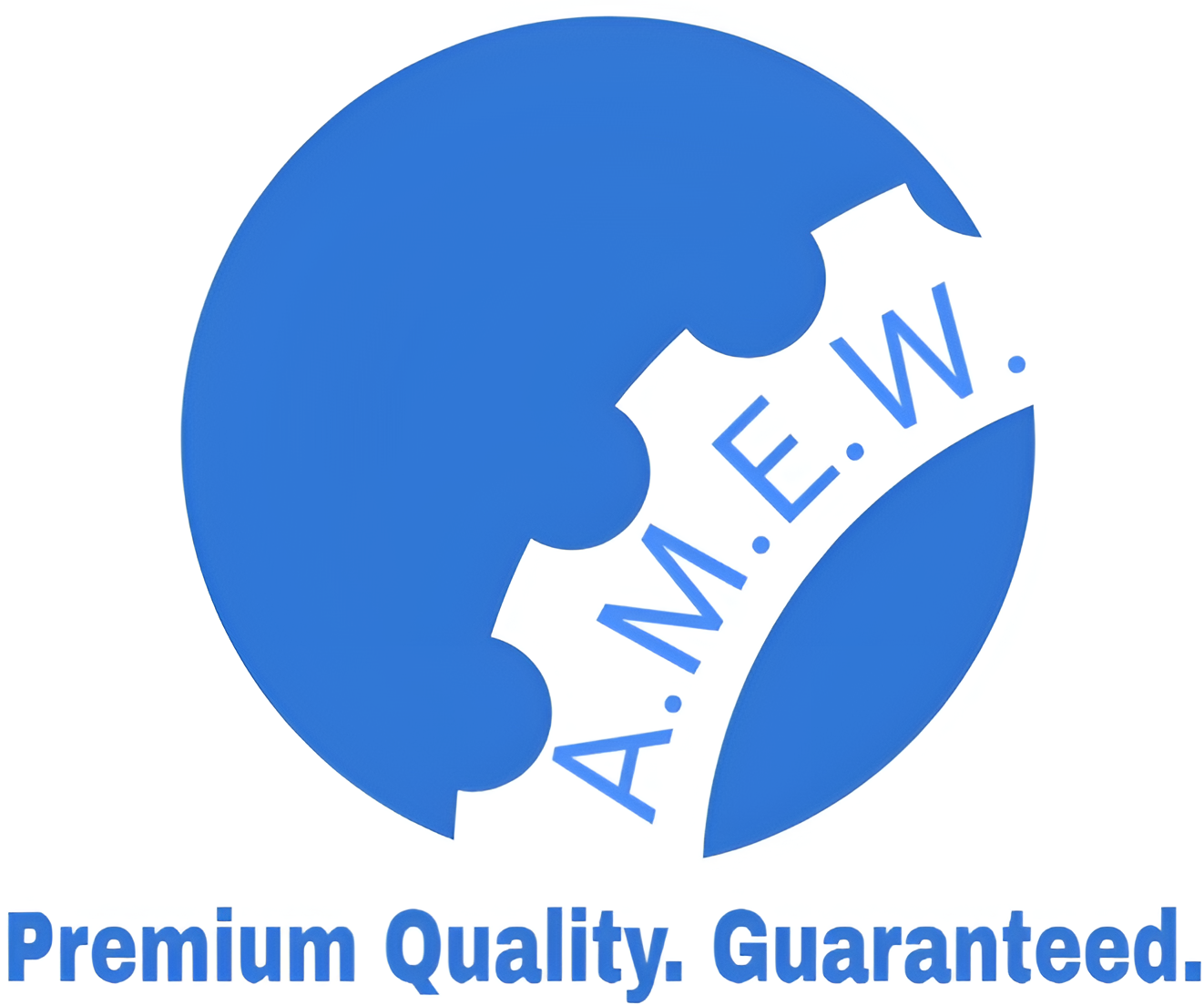Steel Rolls for Construction and Beyond
Introduction to Steel Rolls
Steel rolls are an essential tool in shaping our environment, playing a vital role across industries like construction, landscaping, and environmental engineering. These heavy-duty rollers are primarily used for compacting soil, gravel, and other materials to create a more uniform and stable surface. Without steel rolls, large-scale projects like road building, land grading, and environmental rehabilitation would lack the foundational strength needed to stand the test of time.
This guide explores the various types of steel rolls, their real-world applications, and the benefits of incorporating them into your projects. Additionally, we’ll cover important maintenance and safety tips to help you maximize their performance and longevity.
Types of Steel Rolls
Understanding the different types of steel rolls is the first step in determining which ones are suitable for your specific projects. Each type serves a unique purpose and offers distinct advantages.
Smooth Steel Rolls
Smooth steel rolls are designed for projects requiring a flat and even surface. They are most effective on granular materials like sand, gravel, and smaller-sized aggregates. Their ability to create a sleek, compacted finish makes them ideal for pavement and road-building applications.
Key Features:
- Produces a polished finish
- Best for compacting granular materials
- Commonly used in asphalt paving
Sheepsfoot Rolls
Named after their protruding “feet” or lugs, sheepsfoot rolls are specialized for deep compaction tasks. The feet penetrate loose soil and press it into place, making them ideal for projects that involve cohesive soils like clay.
Key Features:
- Excellent for compaction in cohesive soils
- Creates a tightly packed underlayer
- Commonly used in dam construction and trench foundations
Grid Rolls
Grid rolls, as the name suggests, feature a grid-like pattern of steel bars. This design is highly effective in crushing and compacting materials like gravel and soft rock, making it the go-to choice for subgrade work.
Key Features:
- Ideal for coarse materials
- Prevents slippage during compaction
- Commonly utilized in roadwork and railroad bed preparation
Applications in Construction
Steel rolls are indispensable in construction, helping build solid foundations and prepare surfaces for large-scale projects. Here are some of their primary applications:
Road Construction
Smooth steel rolls are commonly used in road construction to compact asphalt layers and provide a smooth finish. Their weight, combined with their smooth surface, ensures a durable, long-lasting road.
Trench Foundations
Sheepsfoot rolls excel when it comes to compacting soil for trench foundations. The protruding feet provide an even compaction that prevents future settling.
Building Pads
Construction projects that require stable building pads for heavy industrial equipment or frameworks often rely on grid rolls. Their ability to compact coarse material ensures firm underlayers.
Applications in Landscaping
Landscaping projects also benefit from steel rolls, as they help shape outdoor spaces effectively and efficiently.
Leveling Gardens and Lawns
Smooth steel rolls create an even surface, essential for garden aesthetics or installing turf. They’re especially useful for compacting seedbeds and ensuring proper soil adhesion.
Grading Driveways
For gravel pathways and driveways, grid rolls are perfect. They not only compact the gravel but also add to the materials’ durability, preventing displacement over time.
Creating Sports Fields
Sheepsfoot rollers can be used for areas like athletic tracks and fields, where compacting the soil ensures a firm, stable base for construction and turf laying.
Applications in Environmental Engineering
Environmental engineers use steel rolls to rehabilitate land and ensure the sustainability of various landscapes.
Landfills
Sheepsfoot rollers are vital for compacting waste layers in landfills, preventing uneven settling, and reducing the environmental impact of waste storage.
Erosion Control
Grid rollers are regularly employed to stabilize slopes and prevent erosion on hillsides and mountainsides. Their ability to compact earth prevents soil displacement during rains.
Retention Ponds
Sheepsfoot rolls provide the deep compaction necessary to create retention ponds, adding long-term stability to these aquatic features.
Benefits of Using Steel Rolls
Using steel rolls offers a range of advantages that make them indispensable in various industries.
- Improved Soil Stability: Steel rolls compact soil to create durable surfaces that resist shifting under heavy loads.
- Time Efficiency: These powerful tools complete heavy compaction tasks faster than manual labor or smaller equipment.
- Versatility: Different types of steel rolls cater to a wide variety of applications, from roadwork to landscaping.
- Cost-effectiveness: By reducing the need for rework and ensuring durable results, steel rolls provide excellent long-term value.
- Enhanced Productivity: Construction crews can achieve more in less time while maintaining high standards of quality.
Maintenance and Safety Tips
To ensure your steel rolls stay in top condition and operate safely, keep the following tips in mind:
Maintenance Tips
- Regular Cleaning – Remove debris, dirt, or loose material from the roller’s surface after each use.
- Lubrication – Keep moving parts well-oiled to reduce friction and prevent wear.
- Inspect for Damage – Periodically check the roller drum surface for cracks, dents, or excessive wear.
- Store Properly – Store steel rolls in a dry, secure location to prevent corrosion.
Safety Tips
- Wear Proper Gear – Operators should wear high-visibility clothing, gloves, and steel-toed boots.
- Follow Weight Limits – Do not overload the equipment. Exceeding weight limits can lead to accidents or equipment failure.
- Ensure Visibility – Always use flags or lights on steel rolls when operating in low-visibility conditions or near roads.
- Secure the Area – Restrict access to the worksite to minimize potential hazards for bystanders.
The Future of Steel Rolls
Steel rolls are constantly evolving to meet the demands of modern industries. Innovations like self-driving rollers and hybrid power options are making these tools even more efficient and environmentally friendly. For construction workers, landscapers, and environmental engineers, the availability of smarter steel rolls opens new doors for productivity and sustainability.
Whether you’re shaping the land for a new highway, creating green spaces for a community, or working on solutions to counter erosion, steel rolls are a powerful and reliable ally. By understanding their types, uses, and benefits, you can unlock their full potential for your next project.

